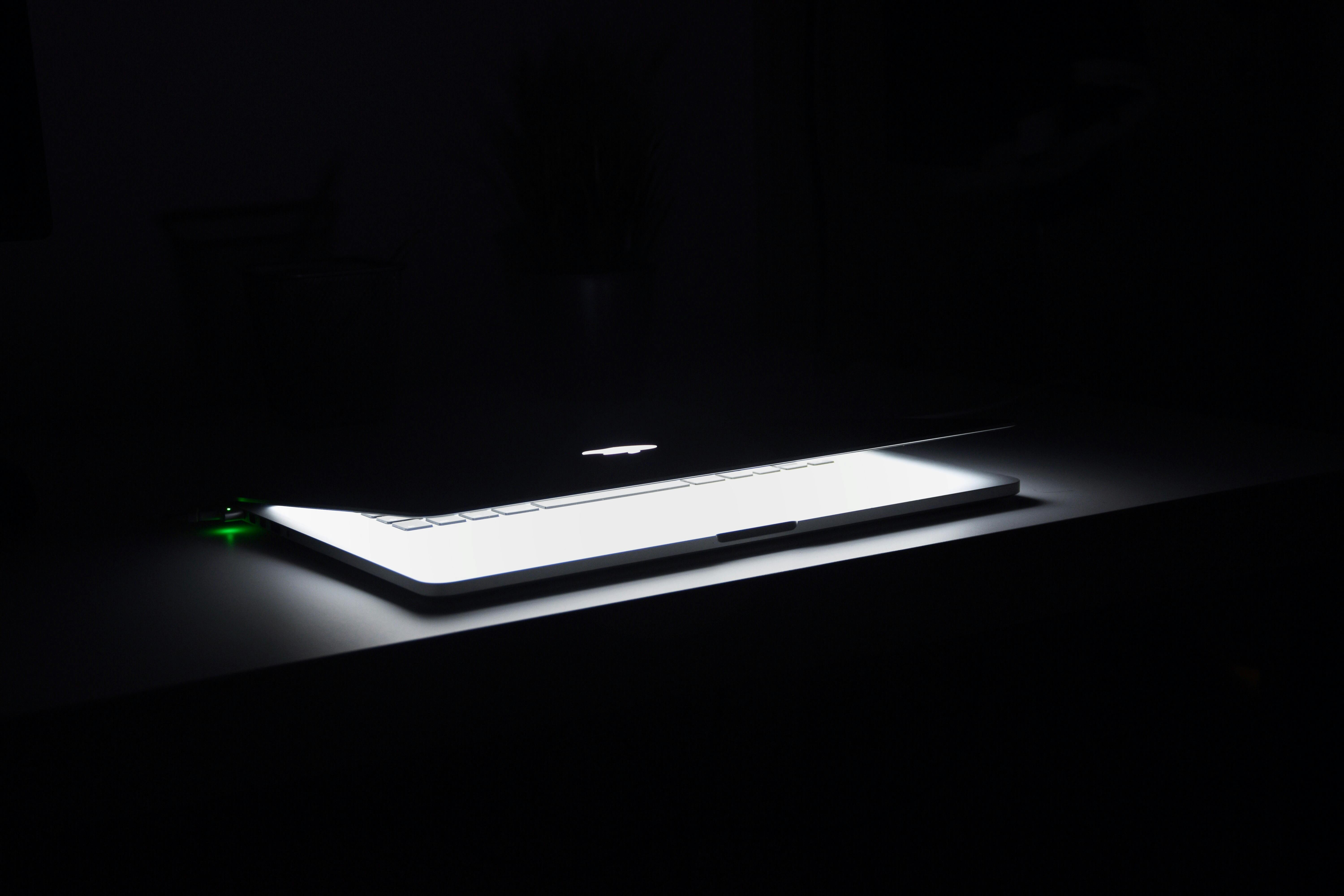
Writing fiction is a bit like baking a cake. You need the right ingredients in the right amounts, or it will turn out to be horrible. For fiction, you need the right combination of plot, action, description, and character development to bring your story to life for your reader.
Character development can be one of the most important things when writing fiction. You want to create a realistic group of characters to move your plot and to do that you need to know them. But how much do you really have to know about them before you start writing?
Well that depends on the type of story you are writing. The length of your story will determine the amount of character information you will need to bring them to life. For the sake of simplicity, I have divided my character sheet into what I use for each type of writing. Your character sheets may vary.
Flash fiction
Writing flash fiction is one of the most difficult types of writing. You have to create a story with the minimum of words and it has to make sense. For most flash fiction, you only need the most basic information about the character.
Name:
Age:
Height:
Weight:
Hair Color and Style:
Eye color:
Complexion and skin tone:
Body structure of the character:
These should be enough to create a flash fictional character.
Short stories
Short stories have a greater number of words, so the characters must be more developed. You have more leeway with your character descriptions and you can even provide background information, which will make them more real to your readers. Use the information above and add the following:
Character backstory:
Identification marks:
Facial features:
Hand characteristics:
Odor:
Mannerisms or gestures:
Novels and novels
Novels and novels require the most detailed characters because they are both character-driven and plot-driven stories. Character sheets with a more detailed physical description, personality traits, and an extensive background will go a long way in helping your story engage the reader and keep them a reader from beginning to end. Use all of the above plus the following:
Stronger Personality Traits:
Weaker personality traits:
Character needs:
Ambitions:
Father’s name:
Age:
Physical appearance:
Mother’s name:
Age:
Physical appearance:
Sibling names and descriptions:
Favorite sayings:
Interests and hobbies:
Favorite foods:
Favorite colors:
Pets:
Education:
Religion:
Financial situation:
Future plans:
Possessions that this character values the most:
What drives your character:
How does your character handle conflict?
What gets in the way of your character:
What is your favorite room and why?
What vehicle do they drive?
Favorite sports):
What are your character’s biases:
How does your character feel about love?
About the crime:
How is your neighborhood?
What is your character’s philosophy of life?
What is your character’s family life like?
You should also have a rough background and timeline for this character, from infancy to the beginning of the story. Break it down into 5-year periods, unless your character is quite old, then choose 10-year periods. Finally, do a profile summary, take everything you have for the character and write a summary of one or two paragraphs. It’s a good way to focus your character information and could be used in your story.
Series of books
When writing a series of books about the same characters, it is imperative to keep some kind of record of their traits. Don’t rely on your memory when writing each book. As an avid reader of series books, it’s surprising how many times a character’s eyes have been dark blue in one book and dark brown in another and then back to blue. While most casual readers won’t pick up on that kind of mistake, your dedicated readers will. It costs you nothing to keep a notebook with your character sheets and refer to it when you write the next book in your series. It will be of great help to keep the continuity of your books intact.
A note on the description of the clothes. Unless the change of clothes is crucial to the plot of your story, limit your fashion descriptions. You don’t need to tell him every piece of clothing your character is wearing. A basic idea of your attractions is sufficient for most readers.
Your characters are as important to your story as your plot. Developing them will help bring your story to life, but taking the time to plan them before writing them is a great way to make them real for you and your reader.
Leave a Reply